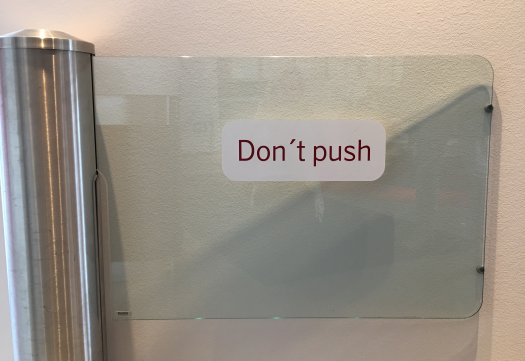One of my first observations at my new job was that I had come to a very meeting- and mail-intense workplace. After one day my calendar was fully booked and my inbox flooded. I realised my big plans for fast changes would soon be shattered, since I would be so busy running to important meetings and reading even more important emails.
Having coworkers enthusiastically filling each other’s calendars and inboxes creates a destructive Push culture. These basic actions form whether someone else controls your time (Push) or you decide yourself how to make the best of it (Pull).
The meeting disease so many large companies suffer from has been deeply analysed by Ulrika Park and Anette Lovas (in Swedish). To add to that, the most frequent wish from development teams I’ve worked with is Fewer Meetings.
I knew I needed to save myself from the evil trap and preserve some free time. So, I quickly blocked around 50% of my days in my calendar a few weeks ahead. Having done that, I would then be available when needed and could change the behaviour. Since I believe that even large companies can change I also take every opportunity to share this good habit with my colleagues. So maybe tomorrow…
Well, that wasn’t so hard… but I think some of these things you need to tackle immediately or you can easily fall into bad habits. And after a while you can no longer see what’s wrong.
For emails, I have never managed to keep a zero inbox, but definitely a zero-scrollbar inbox. This is thanks to the entrance of collaboration tools like Slack and HipChat. Used in a good way they remove a significant part of emails, encourage a more fruitful conversation, and the channel concept supports Pull not Push.

From Push to Pull, Lesson 2: Ownership – The Agile PMO
From Push to Pull, My Summary – The Agile PMO